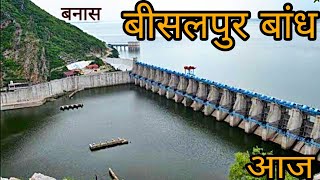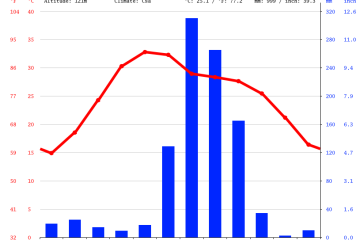Current Water Level at Bisalpur Dam Today

Introduction
The Bisalpur Dam, located in the Tonk district of Rajasthan, is a critical source of water supply for both urban and rural areas in the state. As of today, the dam’s water level is not just a matter of local concern but also a significant factor influencing agricultural practices, drinking water supply, and regional ecosystems. Monitoring the water level is essential, especially during the dry season when water conservation becomes paramount.
Current Water Level Status
As per the latest reports, the water level of Bisalpur Dam stands at approximately 45.25% of its total capacity. This indicates a marginal decrease from the previous week, where levels reached about 46.5%. The recent reduction in water levels can be attributed to high consumption rates due to ongoing summer activities and lower than expected rainfall in the preceding months.
Implications of Water Level Changes
The current water level poses significant implications for the agricultural sector, which heavily relies on canal irrigation from the dam. Experts suggest that farmers should consider alternative irrigation strategies to cope with the declining water levels, particularly as the kharif season approaches. Additionally, local authorities are urged to evaluate their water management practices to ensure sustainable usage and bolster conservation efforts.
Regional Response
Officials from the Rajasthan Irrigation Department are actively monitoring the situation and have already issued guidelines for water consumption. They emphasize the necessity for citizens to remain vigilant regarding water usage and report any irregularities in local supply. The government is also promoting awareness campaigns to highlight the importance of water conservation during this critical period.
Conclusion
The Bisalpur Dam’s water level today serves as a reminder of the ongoing challenges in water management faced by Rajasthan. As the dry season progresses, it becomes increasingly important for all stakeholders—including the government, farmers, and residents—to work collaboratively to ensure efficient water usage and conservation. Keeping track of the dam’s water level will continue to be crucial, not only for immediate water needs but also for long-term sustainability in the region.









